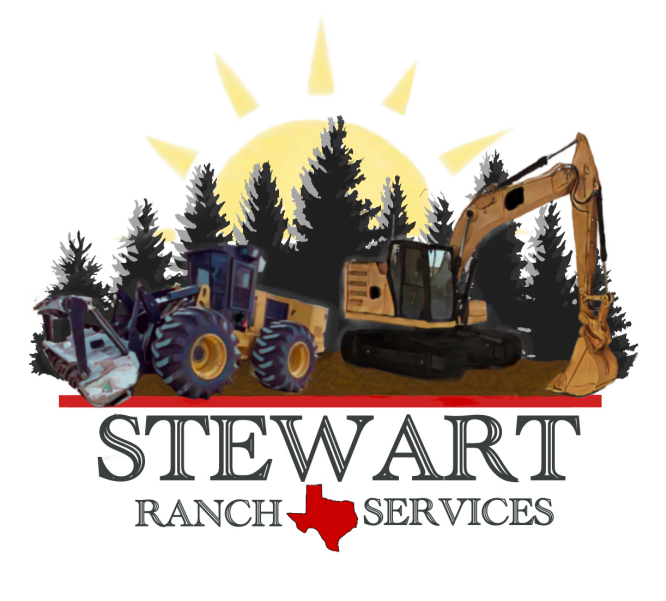Stewart Ranch Services
Bowie, Texas
Tyler Road Building in Tyler TX
DESIGN YOUR DREAM
PROPERTY
LAND
ACREAGE
DEVELOPMENT SITE
POND
Tyler Road Building: The Process and Equipment Necessary for Construction in Texas
Through the ages, road construction has transformed from basic mud and brick structures to the integration of advanced machinery. This historical progression has been pivotal in fostering connections between communities. Shifting our focus to the contemporary era, we scrutinize Tyler road-building techniques, exploring the methods and essential equipment components crucial for the success of projects in areas like Tyler, TX. The use of materials such as stone or mud bricks takes center stage, emphasizing the commitment to sustainability in today’s construction practices.
Key Takeaways
Table of Contents
The Evolution of Tyler Road Building
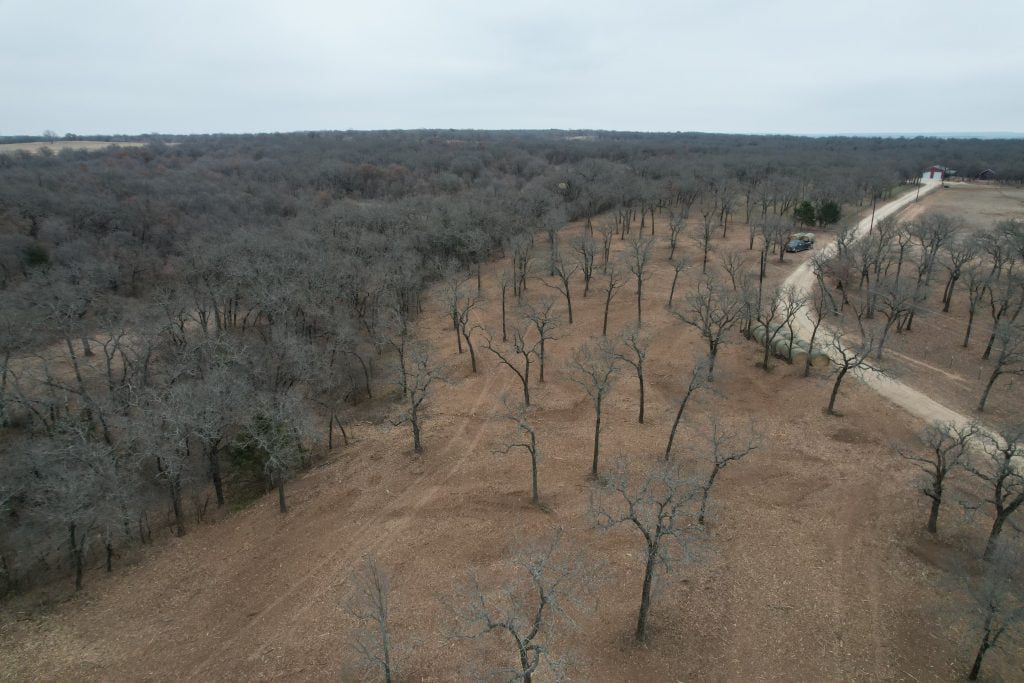
The historical narrative of road construction stands as a crucial element in the story of human development, influencing the path of societal progress. From primitive building materials to the cutting-edge technology of today, there have been notable improvements in the techniques of road construction.
Urban thoroughfares and rural pathways have assumed vital roles in facilitating commerce, prompting the adoption of innovative strategies and resources to address the growing demand for convenience. This examination guides us through the historical epochs, from ancient marketplace avenues to the contemporary scenario of road building in Tyler, TX.
Ancient Roads
Throughout history, roads have been the lifelines connecting diverse regions, evolving continuously.
In Mesopotamia, early roads utilized mud bricks with bitumen, featuring raised centers for improved drainage and a smoother journey. The advent of World War II prompted innovations in road construction, streamlining connectivity between urban areas, ranches, and farms through swift transport systems.
This catalyzed a transformative phase for rural roads nationwide, emphasizing not just construction but also the maintenance of highways and associated features like farm roads and ranch paths. The incorporation of proper drainage system designs became a pivotal consideration during this evolutionary process.
Modern Road Construction
The landscape of road building in Tyler, Texas has witnessed a remarkable transformation, fueled by the integration of advanced components and machinery. Modern construction techniques encompass a wide array of materials, from soil stabilizers and asphalt to concrete and dry lean concrete. This shift not only brings down the costs associated with road maintenance but also enhances the overall durability of the roads.
Asphalt, a major component, consists of 95% aggregate and 5% binder. Similarly, concrete, a standard choice for the Texas Department of Transportation in constructing highways and major asphalt roads, is composed of water, sand, cement, and aggregates. The decision between these materials is influenced by factors such as the intended purpose of the roadway, traffic volume, and geographical conditions.
Recent advancements have propelled rapid progress in road construction through the use of advanced machinery like excavators, compact track loaders, and dump trucks. These technological innovations contribute to heightened precision and efficiency in the construction process.
In addition to excavators and dump trucks, wheel loaders, paired with dump trucks, are commonly utilized. Additionally, advanced paving equipment plays a pivotal role in constructing farm/ranch roads and urban pathways. It is noteworthy that while Texas has specific requirements, prioritizing cost considerations, regional elements are also taken into account.
Tyler Road Building - Essential Steps
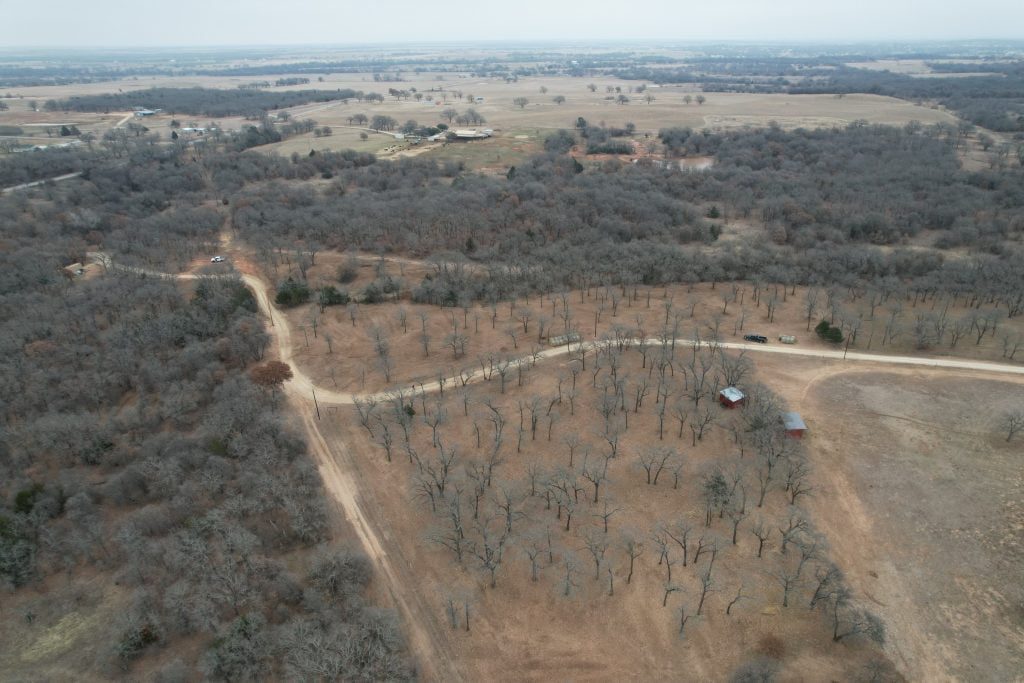
Road construction is a complicated and intricate process that must take various essential phases into account to bring about success. From the very outset of envisioning it in terms of design as well as execution through land clearing, earthworks, paving, and quality control. Each component plays an important role in providing security and stability on the roads built.
To go in-depth: planning needs to be done carefully before any project gets underway followed by thorough land clearing works which include digging trenches, tree removal, or grading soil at times. Planning also includes a cost analysis, scheduling, and logistics like securing the proper equipment, labor, and any subcontractors.
Other steps involve implementing asphalt coverings plus assuring maximum durability with stringent oversight from high-quality assurance measures.
Stewart Ranch Services offers you a free quote, being the starting point for the completion of your project in Tyler Texas, and surrounding areas.
Planning and Design
Road building in Tyler, Texas embarks on a strategic journey with a meticulous planning phase, a pivotal component for ensuring the success of the project. This phase involves a comprehensive examination of critical elements such as existing and anticipated traffic patterns, detailed cost-analysis data, design blueprints, and financial prerequisites. Notably, the involvement of civil engineers and city planners is crucial in initiating a thorough planning process before handing over the project responsibilities to the designated construction company.
In the context of road engineering projects, specific considerations come into play, including the establishment of speed limits based on the anticipated types of vehicles utilizing the roads. Moreover, the process includes angle grading, meticulous evaluations of potential view obstructions, and the determination of necessary braking distances. These considerations collectively aim to uphold safety standards customized to the local community’s needs, ensuring a seamless driving experience while prioritizing the comfort of drivers.
Land Clearing and Site Preparation
Thorough land clearing and site preparation are indispensable components of the road-building process in Tyler, Texas. This critical phase involves removing vegetation, trees, and various materials from the land before construction can commence. Grading and excavation play pivotal roles in creating a level ground surface, crucial for proper drainage and to prevent issues like potholes in completed roads on farms or ranches.
The significance of land clearing extends to various construction projects, including buildings and roads. Tasks encompass adding or removing rock, dirt, trees, soil, trenching, ground excavation, embankment construction, and filling placement.
Utilizing advanced equipment like farm machinery, mini-excavators, and compact track loaders accelerates the land-clearing process, ensuring precision in height measurements during grading stages. This precision is crucial for shaping road locations efficiently.
Additionally, installing culverts is imperative to address potential flooding and safeguard against disruptions to productivity. These measures contribute to establishing high-quality access routes, seamlessly connecting markets to local farmers’ lands.
The integration of advanced tools forms the foundation of an effective system for laying the groundwork in rural areas, enabling safe car travel without encountering bumps caused by rainwater pools or inadequate underlying structures.
The application of paint on pavement and road markings
The fundamental aspect of rendering a highway both safe and effective lies in the meticulous application of pavement markings, and defining directions and lanes.
Tips for pavement and road marking:
Road marking regulations:
Complying with the unique road marking regulations of each country is paramount for those engaging in extensive road marking projects. The ability to paint diverse lines and symbols in accordance with these standards is crucial for success. Employing a multi-gun, multi-color setup, especially a striper with automatic gun control, simplifies the creation of broken lines with exceptional accuracy.
Curb Marking:
Addressing curb marking challenges is a common issue in pavement marking endeavors. The 90° angle of curbs necessitates a specialized gun configuration for effective spraying, overcoming this frequent obstacle in such projects.
Reflective road marking:
Reflective road marking introduces an additional layer of complexity, requiring a special material containing glass microspheres. To apply these microspheres, a line marker equipped with a pressurized bead reservoir, such as the Graco Linelazer HP reflective series, is essential. This advanced system boasts an adjustable nozzle, providing precise control over the width of the microsphere dispersion for heightened accuracy.
Tyler Road Building - Farm to Market and Ranch Roads
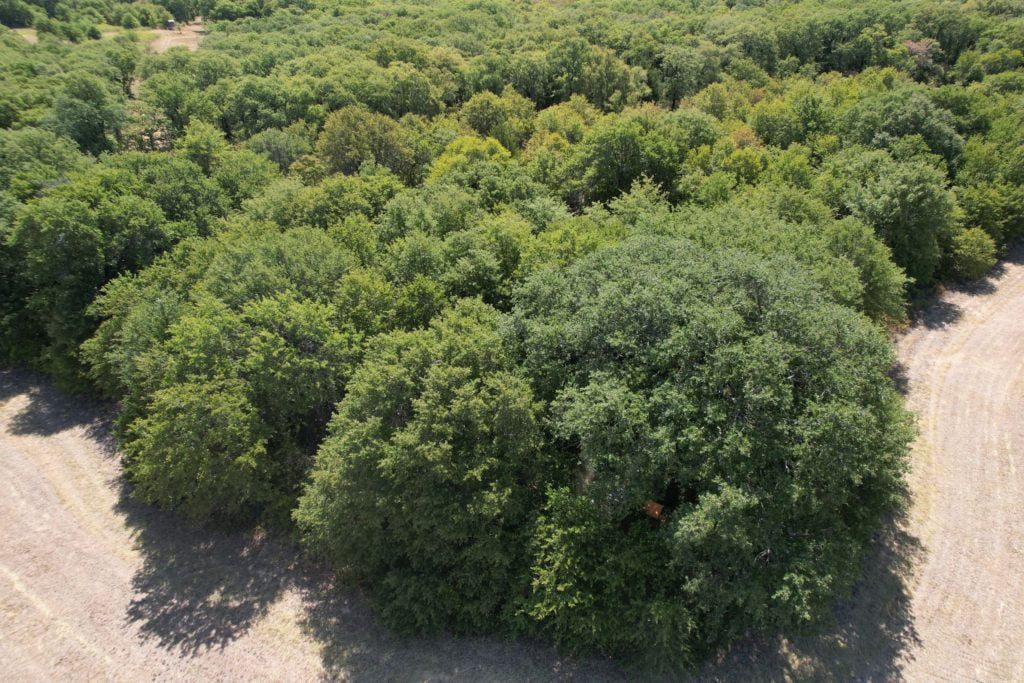
Farm roads serve a distinct purpose, connecting rural and urban areas while enabling the smooth movement of people and goods. However, constructing these roads involves intricate processes aimed at ensuring both safety and durability.
The initial step entails a comprehensive assessment of the terrain to design an optimal route, coupled with securing necessary permits from relevant authorities. Land clearing and soil preparation precede actual construction, laying the foundation for a robust road network.
Grading and paving are critical stages, with the choice between asphalt and concrete determined by project specifications. Incorporating drainage systems, constructing switchbacks, and implementing walls in hilly terrains are crucial aspects of the road-building process. Each step contributes significantly to the creation of secure and functional routes meeting local agricultural needs, including those of ranches.
Regular maintenance inspections are imperative for ongoing functionality, focusing on preserving the road’s good condition. Installing signage and features like gutter curbs plays a vital role in water control, particularly during periods of heavy traffic, preventing potential flooding.
Tyler Road Building - Sustainable Practices
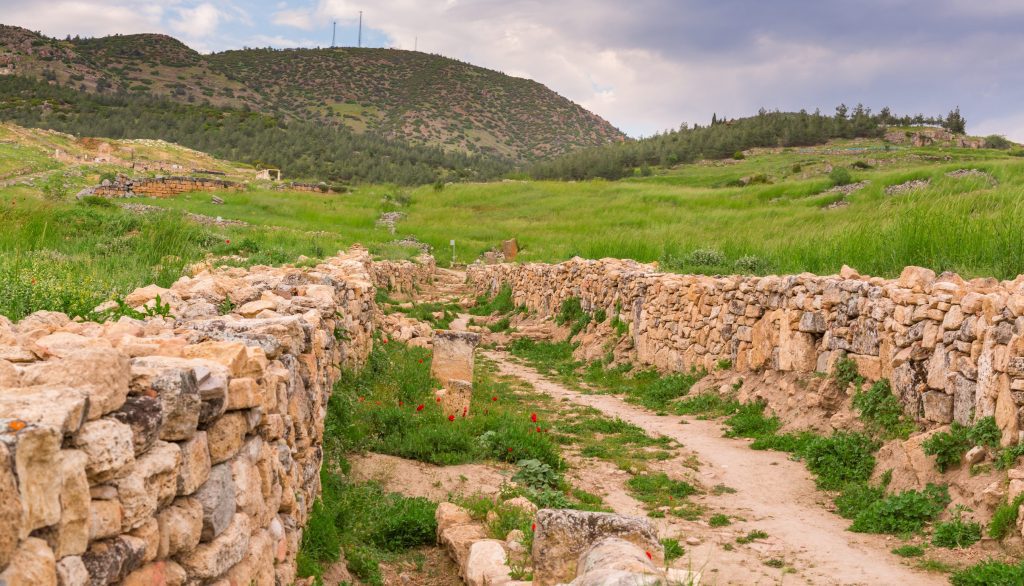
Road building in Tyler, Texas comes with environmental considerations, necessitating a commitment to sustainable practices to alleviate potential impacts. It is imperative to select materials with a reduced environmental footprint that can decompose in an eco-friendly manner during production.
Embracing recycled asphalt and concrete over new materials, along with the design of durable products for prolonged lifespan, proves advantageous. Not only does this decrease material consumption, but it also results in significant reductions in maintenance costs. The integration of these practices into ongoing road construction processes lays the foundation for the creation of more environmentally responsible alternatives in the future.
Case Study: Successful Road Construction Project in Texas

El Paso’s I-10 reconstruction and widening venture stands as a remarkable example of adeptly managing the intricacies of road construction, echoing strategies utilized in Tyler and San Antonio.
The success of this project relied on meticulous preparation for budgeting and adherence to strict timelines. A key factor was the involvement of experienced personnel dedicated to continuous training and unwavering adherence to safety protocols. Equally critical was the incorporation of cutting-edge machinery, ensuring precision and expediting overall completion.
This case study underscores the importance of employing advanced techniques in roadwork, highlighting positive outcomes resulting from deliberate planning, skilled labor, and the use of state-of-the-art equipment within the unique context of highway construction in Texas.
Summary
Road construction has evolved remarkably from the use of mud bricks and stone in ancient civilizations to today’s advanced materials and machinery. Success in any project depends on meticulous planning and comprehensive site preparation.
In Tyler, road building has become increasingly crucial in our interconnected world. Prioritizing the construction of safe and durable roads, capable of lasting for generations, involves implementing best practices at every stage, including the careful sourcing of materials such as mud or any other necessary supplies.
Frequently Asked Questions
What is the meaning of road building?
The construction of roads often involves the use of materials such as asphalt and concrete, sourced from mining locations that transport gravel to various plants for processing. These elements are indispensable in Tyler road-building endeavors.
How do you build a road?
Tyler road-building requires a systematic approach, beginning with land clearing, grading, and subgrade work.
- Subgrade: involves removing existing grass and topsoil to lay the foundation for a durable road.
- Material types: Utilizing materials like road base, crushed concrete, screened gravel, and asphalt millings is key to constructing roads that withstand the test of time.
Stewart Ranch Services specializes in Tyler road-building projects, providing expertise from land preparation to the final surface course. Entrust your road infrastructure needs to us for a reliable and enduring result.
